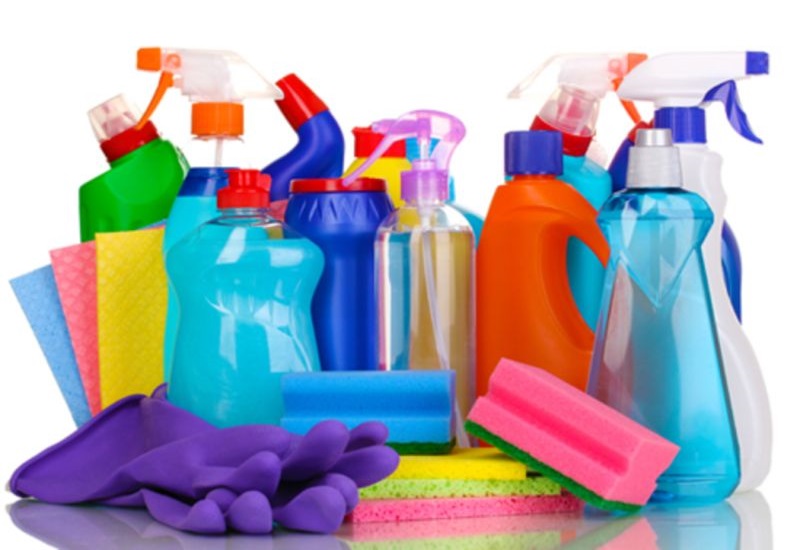The market has many types of enzymatic cleaners. Some can clean pet urine, while others can clean the house in general. But what is an enzyme cleaner, and how do enzyme cleaners work?
Contents
What is an enzyme cleaner?
Enzymatic cleaners are cleaning agents containing enzymes that break down organic materials differently than other detergents. They also help prevent pets from marking the same areas by removing all traces of urine.

An enzyme-based cleaner works by using proteases that eliminate leftover urine, blood, vomit, and feces.
Doing so ensures there are no traces of waste left behind. If you are a cat owner, the cleaners will prevent it from reusing the same area.
Are enzyme cleaners safe?
Enzyme cleaners are mostly biological cleaners which are safe products to use at home. They use non-pathogenic or good bacteria to digest stains, soils, malodours, and wastes.
The bacteria will work by producing specially formulated enzymes to break down specific molecules into smaller pieces. The pieces become substances for the bacteria to “metabolize” or become “food.”
Enzymes contained in home detergents are non-living things. They cannot reproduce or grow, unlike bacterial microorganisms.
Types of enzyme cleaners, their ingredients, and uses
A list of enzyme cleaners includes:
1. Amylase
Amylase breaks down starches, including sugar, ice cream, eggs, and some sauces.
When used, it will hydrolyze starch molecules into small pieces that you can easily dissolve in hot water or wash away. There are three types of amylases based on pH and temperature conditions.
These include:
- Regular amylases – You can apply them at a temperature of between 25 and 55 degrees or pH of between 5.5 and 7.0.
- Medium-temperature amylases – You can use these above 50 degrees.
- High-temperature amylases – You can use them in the padding and boil process.
Most bio-enzymatic detergents have blends of the amylase enzyme. That is why they are more effective against various soils and stains.
2. Protease
It works by eliminating protein-based stains. Examples include grass, blood, urine, and wine.
It will act on stains by degrading their protein contents to peptides. Proteases are a natural fit for home detergents because of the ubiquitous nature of proteins.
Proteases improve the wash performance of household, institutional laundry, and industrial detergents.
But to be useful for industrial use, they must have stability and activity over an array of temperatures and pH extremes.
3. Lipase
Lipases break down fats. They are more effective on grease and oil stains. They are common in laundry detergents because they can remove body stains on cuffs and collars.
Also, they can improve the removal of non-mineral fat and oil like vegetable oil, lipstick, and butter from fabrics.
Apart from removing stains from surfaces, enzyme cleaners remove odors too. They will eliminate odors from your home by causing a chemical or biological reaction.
It is worth mentioning that enzymes cannot eliminate smells on their own. There has to be a combination of both enzymes and bacteria.
How do enzymatic cleaners work?
So, how do enzyme cleaners work? The cleaners work by using non-pathogenic bacteria to digest soils, wastes, malodours, and stains.
Since they are biodegradable and non-toxic, they are safe to use in your home.
Ready to use enzyme cleaners?
Hopefully, this guide has helped you to learn a thing or two about enzymatic cleaners and how they work.
